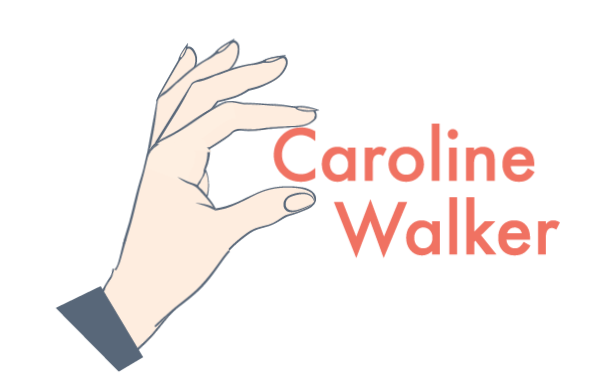PawPad
End-to-End Design of a Mobile App for Pet-Friendly Housing
Mobile App, Product Design
Overview
Millennials account for the largest percentage of pet ownership in America, with over 76% of the generation group being pet parents. Among those pet parents who reside in large cities, the struggle with finding pet-friendly housing becomes a prevalent (and rather frustrating) issue.
PawPad is a pet-friendly housing search platform designed for urban residents aged 25-40. It allows them to view verified listings, without the stress of hidden fees associated with their pets. It includes features such as an amenity filter that can be tailored to specific pet species, direct messaging landlords, and even a neighborhood compatibility quiz.
My Role
Researcher, end-to-end UX Designer
Tools
Figma, Maze, Optimal Workshop
Timeline
100 Hours, 5 Weeks
Research
Many people in large cities struggle with finding pet friendly housing, wasting valuable time sifting through listings to discern which ones are feasible. It can also be stressful for clients to figure out how to secure their pet while handling the logistics with movers, as well as transitioning into the new space.
Problem
1. Determine common methods pet owners implement when searching for housing.
2. Learn if pet owners have any ‘’non-negotiables’’ for potential housing.
3. Identify stressors that pet owners face before and during the move.
4. Understand the pet owner’s thought process throughout the preparation and move itself.
Research Objectives
Research Methodology
Competitive Analysis, Survey, User Interviews
Competitive Analysis
My competitive analysis of both well-known and obscure competitors was very insightful. The closest potential competitor was an out-of-date website, and even the more established housing search resources were not easily navigable for pet owners.
User Interviews
For the majority of interviewees, searching for suitable housing was both the aspect of moving that was the most time consuming, as well as the most frustrating. Regardless of the pet’s species or age, owners were struggling to find accurate, up-to-date information regarding listings, in addition to having to pay a pet fee and/or deposit.
Define
After compiling and synthesizing my research, I created user personas that would help further highlight the user’s wants and needs. At the beginning of this project, the idea was to create a resource that could be used by both renters and landlords. However, with the amount of time and resources allotted, it was determined to make the renter’s experience the top priority, with creating the features for landlords at a later time.
User Flows
Task Flows
User Persona
Site Mapping
I felt that it was important to offer a different site structure for renters or landlords, as their differentiating needs would make the experience too confusing if all of their features were combined into one interface. Users would be prompted to choose between a “renter” or “landlord” structure, with a footer that would include links to important legal information for both parties.
Ideate
Wireframes & A/B Testing
After I created my low-fidelity wireframes and began to expand my mid-fidelity in Figma, I came across a potential user issue:
How can I show a user that they can toggle between a “listing view” and “map view” in a way that’s easy to navigate?
I originally created a map button in a fixed scrolling position that would appear in every listing search that would allow the user to toggle between the two views. However, my superior suggested to replace the button with a slide feature that would expand and minimize the map view.
Before I began to fully develop my prototype and high-fidelity iteration, I recruited 4 colleagues (who fit within my user criteria) to test which feature felt more intuitive. 100% of the users agreed that the map button was the preferred option. 3 out of the 4 users accidentally activated the slide feature while scrolling through the listings page, most likely due to the app being designed for mobile screens. With these findings, I cemented my map feature and created the high-fidelity wireframes.
Branding & UI Design
PawPad’s brand values are Empathy, Fun, Welcoming, and Acceptance.
I designed the logo, color palette, and UI Kit to reflect an aesthetic that is approachable to the targeted user (U.S. Renters aged 25-40 who are pet owners and reside in major metro areas). The minimalist interface gives the app a sense of sophistication, while the font and colors bring a sense of relaxation and casualness that makes PawPad both approachable and innovative.
Prototype & User Testing
After the prototype was complete, I began moderated usability testing with 5 subjects who met the required criteria. The tests were conducted either virtually or in-person, depending on the subject’s geographical location.
Metrics
User goal achievement
Task completion time
Error rate
Satisfaction Rating
User Tasks
1. Search for available housing in Chicago, IL
2. Filter listings to 2 Bedrooms
3. Sort listings by Price: Low to High
4. Open cheapest listing and view in Map
5. Add listing to favorites
100% of users rated 3 or more tasks with the difficulty of 1/5
100% of users completed each task in less than 2 minutes
100% users commented on the design being intuitive and easy to follow
Areas of Success
I was very pleased with the results of the testing, since the main issues that users found while interacting with the prototype were due to the limitations of prototyping itself, and not due a lack of intuitiveness with the task flows.
Final Design
Following the success of my usability testing, I only had one priority iteration to complete in order to finalize my design.
Users had difficulty finding the “Map View” button in the original prototype, with 2/5 commenting that it blended in with the listing description.
I updated the button to include an outlined preview of listing’s location within the map.




